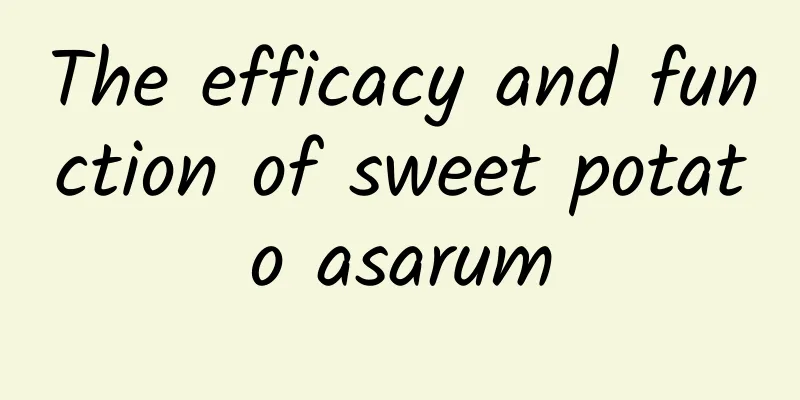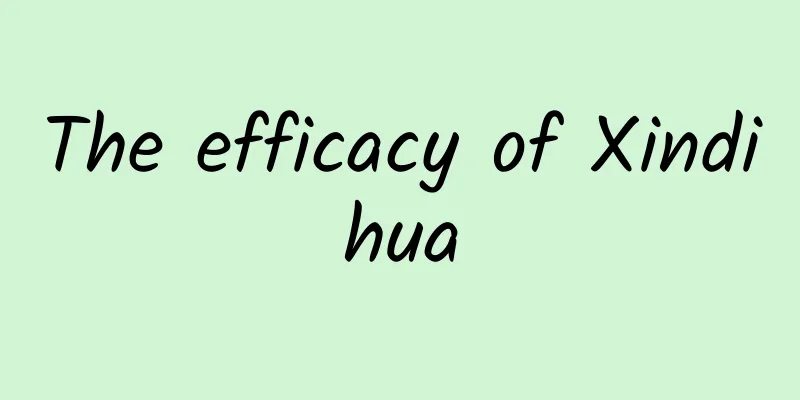The efficacy and function of Xinjiang Polygala

|
As the pressure of modern life increases, more and more health care methods are emerging, but the most popular ones are still traditional Chinese medicine and Chinese medicine that have been tested for thousands of years. For example, Xinjiang Polygala, what are the effects and functions of Xinjiang Polygala? Let me introduce it to you today. 【Alias】 Polygala tenuifolia. [Source] Medicinal material source: the whole herb with roots of Xinjiang Polygala tenuifolia, a plant of the Polygalaceae family. [Original morphology] Xinjiang Polygala is a perennial herb, 15-40cm tall. Leaves are alternate and sessile; leaf blades are membranous to thin papery, elliptic to narrowly lanceolate, 1.5-5cm long and 3-5mm wide. The raceme is terminal; the flowers are dense, lavender, and about 5mm long; the sepals are 5, persistent, the outer 3 are small, the inner 2 are petal-shaped, and slightly enlarged after flowering; the petals are 3, the middle keel has 6 cockscomb-shaped appendages on the back and top, the petals on both sides are oblong-oblanceolate, 2/parts are attached to the filament sheath; the stamens are 8, the filaments are almost all fused into a sheath and attached to the keel in the lower 3/4, and divided into 2 groups at the upper end, and the filament sheath is hairy. The capsule is oblong, about 5mm long, and surrounded by narrow wings. There are 2 seeds, which are densely covered with silky hairs except for the aril. [Habitat distribution] Ecological environment: Growing under forests, on hillside grasslands or on sandy soil on river beaches at an altitude of 1200-1750m. [Properties] Identification of properties: The whole plant is 20 cm long, the root is cylindrical, 3-4 cm long, 1-2 cm in diameter, and the surface is light brown or grayish yellow. The stem is hollow. The leaves are elliptical-lanceolate, grayish yellow, 1-4cm long, 3-5cm wide, with dense inflorescences on the top of the branches. Slight odor, light taste. 【Nature and flavor】 Bitter; pungent; warm 【Functions and indications】Expectorant; calming; detoxifying and eliminating carbuncle. Cough, asthma, and excessive sputum; palpitations and insomnia; carbuncle, ulcer, and swelling [Usage and Dosage] For oral use: decoction, 5-10g. For external use: take appropriate amount and mash it for application. 【Excerpt】 Chinese Materia Medica Through the detailed introduction in this article, I believe everyone has a certain understanding of the role and efficacy of Xinjiang Polygala. The several functions and effects introduced in the article are relatively common. I hope everyone can remember them and they will be helpful in your life. |
<<: The efficacy and function of Xing'an Duhuo
>>: The efficacy and function of Tibetan Celery Root
Recommend
[Creative Cultivation Program] How dirty are your mobile phone, remote control, and bed sheets? They are like a garbage dump!
Author: Shao Menglong Reviewer: Ma Zansong, Deput...
What are the effects of Acacia vine leaves
Acacia vine is a traditional Chinese medicinal ma...
Grapefruit essential oil
Grapefruit essential oil is made from the peel of...
Why is the meter still running when the appliances are not in use? Who is "stealing" your appliances?
Shut down the machine without interrupting power ...
The efficacy and function of single flower iris
Single-flowered iris can not only supplement the ...
The efficacy and function of gold ore
The environment is now seriously deteriorating an...
"There was a cloud made of rain in the wind." What are clouds made of?
Produced by: Science Popularization China Author:...
The efficacy and function of hanging white leaves
The leaves of the Chinese dangbai are very nutrit...
Nuts are a popular New Year's gift! Will eating them make you fat or thin? Decoding 6 rumors about nuts
Author: Xue Qingxin, registered dietitian Reviewe...
Can pull a 6-kilometer-long train! China's hydrogen-powered train debuts for the first time, why is it so powerful?
Author Li Chuanfu With the transformation of the ...
Pictures of the effects and functions of Stemona
Stemona bulb, also known as "Pofu grass"...
The efficacy and function of Tianzhuhuang
Medicine is the best choice for treating diseases...
Children's Day is coming! Check out our guide to taking your kids out on a plane!
Children's Day and summer vacation are coming...
What is ketosis? Eating meat makes you thinner?
Audit expert: Shen Yingjian Director of the Nutri...
Essential for driving! Nine pictures to help you avoid these "blind spot killers"
Qingming Festival is here The number of people vi...









